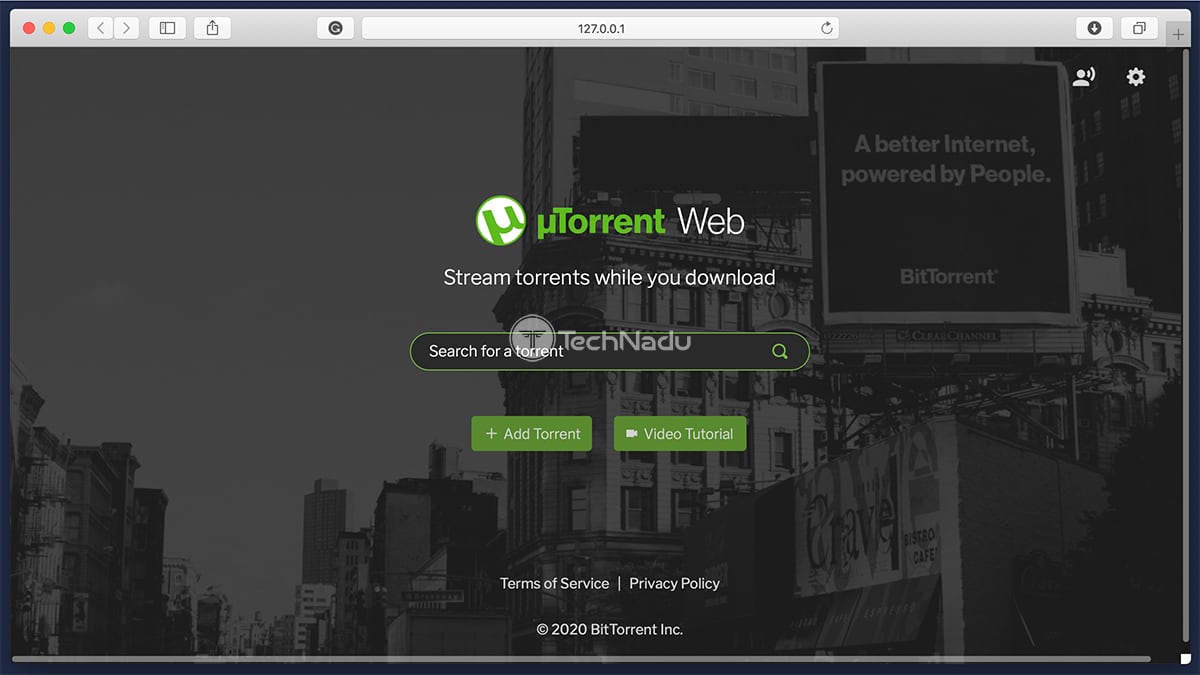
- TRANSMISSION TORRENT OSX HOW TO
- TRANSMISSION TORRENT OSX INSTALL
- TRANSMISSION TORRENT OSX CODE
- TRANSMISSION TORRENT OSX LICENSE
TRANSMISSION TORRENT OSX LICENSE
I haven't checked MIT license but the GPL 3.0 has got this clause about liability limitation. I searched on their site, briefly, but I couldn't find this. I ask that because I think they'd be insane to accept responsibility. It does mean that homebrew itself is harder to hack than transmission, but doesn't necessarily help when transmission is hacked.ĭo you mind linking to that? Please quote the relevant part of license if you have time. Since transmission was distribution bad packages itself due to a hack, I'm not following how homebrew providing a checksum means that it can't re-distribute bad packages from upstream.
TRANSMISSION TORRENT OSX INSTALL
It's just verifying that the package as installed matches what homebrew maintainers meant to install but that's no guarantee that what homebrew maintainers meant to install wasn't bad in the first place. If it was generated from bad source obtained from upstream, it will of course be bad. Or did you mean the checksum is made in a PR to homebrew's own repo? Right, but the question is still where it comes from. To have confidence in homebrew's checksum system, one needs to know how it works and where they come from, but having trouble finding it. Looking for more info about this, having trouble finding it. ), obviously all of their dependencies didn't switch in unison too, which suggests the checksums do not come from the dependencies themselves. Homebrew also switched from using MD5 to using SHA1 recently (. There's no way an upstream dependency would be providing their own checksum for a homebrew compiled binary. But not everything homebrew installs comes from GitHub, so I don't see how checksums for all of it could come from 'Changes made by GitHub pull requests'.Īnd it looks like homebrew checksums both source packages and pre-compiled binaries. I'm googling to try to find how Homebrew uses checksums and where it gets them. > Please note that _Bracketed Paste Mode DOES NOT always fix this_ because the end sequence can be inside the text you paste unless your terminal emulator filters out the bracketed paste characters when pasting! The link also mentions that bracketed paste mode does not prevent this attack: > Some shells also handle the paste and try to detect anything funny going on or at least let you review before you execute.
TRANSMISSION TORRENT OSX CODE
Don'"'"'t copy code from websites you don'"'"'t trust!Here'"'"'s the first line of your /etc/passwd: ' head -n1 /etc/passwdgit clone dev/null clear echo -n "Hello " whoami|tr -d '\n' echo -e '!\nThat was a bad idea. Your parent's link's trickery is to do not with JavaScript (it just uses raw HTML), so this would not mitigate that attack: (That may sound like whingeing, but it's just a (happy) acknowledgement of the hacker mentality unexpected exploitations, as PsoC rather than attacks, are pretty neat, too!)
TRANSMISSION TORRENT OSX HOW TO
However, it is a near-certainty that this edit will prompt someone to explain how to exploit that.

I think that re-directing to a file, and viewing the file with something like `:set list` set in `vim`, will work, at least in the sense of showing you the code that will actually be executed (although nothing can save you from not understanding the code), as long as you can trust your own stack.

My facile point ignores both the specific vulnerability pointed out by ( ) below, and the general vulnerability that you just can't trust anything pulled in from an external source. `| bash`ing it runs it automatically, without even giving you a chance to see it.ĮDIT: This comment was based on the assumption that my parent hadn't read carefully.

If you C&P it, at least you see what's being C&P'd (although it's up to you to take the trouble to understand it).


 0 kommentar(er)
0 kommentar(er)
